Water found in new washing machine
 Situations when water is found in a newly purchased washing unit are not uncommon. Usually the first thing that comes to the buyer’s mind is the thought that the machine was already in use before him. Agree, it is unpleasant to come to such a conclusion, but it may not be true. What other reasons could there be for water being found in a new washing machine?
Situations when water is found in a newly purchased washing unit are not uncommon. Usually the first thing that comes to the buyer’s mind is the thought that the machine was already in use before him. Agree, it is unpleasant to come to such a conclusion, but it may not be true. What other reasons could there be for water being found in a new washing machine?
Where does the water inside the new equipment come from?
It’s worth noting right away that water in the new machine is detected only if a curious user opens the small round door on the bottom panel of the unit. From there the water begins to flow. Behind this lid there is a garbage filter, through which water also passes during washing and remains there after it. Moreover, the amount of water can be either completely insignificant or quite voluminous - up to several liters. Some users do not detect water simply because it does not even occur to them to open the filter hole. But if it does come, surprises may appear.
Of course, in this case, an ignorant person will be overwhelmed by anger or panic: “how is this possible? The car is used, we need to demand a refund!” In general, such a reaction is quite expected, but let’s figure out what the presence or absence of water inside the unit upon purchase actually indicates.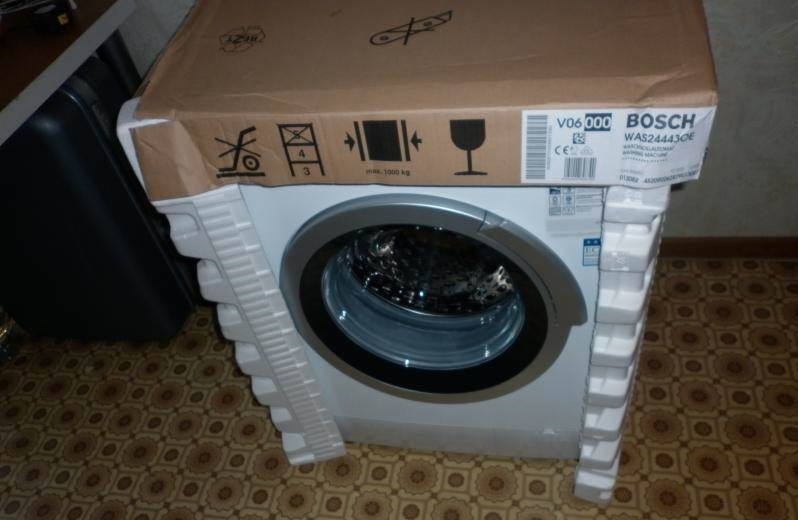
The thing is that any equipment is tested before being released for sale. They check for various defects and see if the work process is standard. It's the same with washing machines. Each model undergoes its own “test drive” at the factory, water is collected there, then drained and partially remains inside. This is completely normal.
Important! Just if your machine is completely dry, this is a reason to be wary. There is one of two things here: either the equipment was not checked before delivery to the store, and there is a risk of encountering defects, or the equipment stood in the warehouse for so long that all the liquid dried out a long time ago.
Thus, we can conclude that the presence of water in the car after purchase is more a good sign than a bad one. Traces of liquid can also be found on the folds of the hatch cuff or in other places, since during transportation the machine undergoes many rearrangements and inversions, and water can move inside it. The design of the product is very well thought out, so don’t worry that water could have a negative impact on some parts of the machine that are responsible for electronic parameters. She wouldn't have gotten there anyway.
After purchase, we recommend pumping out the water using an emergency hose or placing a container under the hole to collect water before opening it.
How to properly test a new machine?
Yes, water, as mentioned above, is not a cause for concern. But besides this, it is worth checking the machine after or even before purchase for other changes. Let's list what you should pay attention to first:
- transport bolts;
- washing machine legs;
- powder tray;
- hoses;
- drum.
Let's start with the shipping bolts. This is something you need to look at while still in the store. What it is? We all know that a washing machine is a complex device; there are many large parts inside it. For example, a drum. Moreover, it rotates freely inside the machine and is not secured by anything.
This is the design of the product.After all, it will not be possible to wash properly if the drum is not able to spin freely. To prevent such parts from breaking or damaging other parts during transportation, all this is secured with special bolts. Of course, they must be removed before use, but they must still be in place in the store, otherwise there will be no order! What is there to hide? Some unscrupulous companies actually sell used cars or units that have already been repaired in this way. There are many reasons why bolts are missing. But that doesn't matter anymore. Avoid this model!
If all the bolts are in place, look at them even more closely. None of them should be shifted to the side, because if the bolt is displaced, the tank inside is also displaced. This, of course, does not always lead to breakdowns, but there is a risk. In addition, the displacement of the bolt indicates that the car has fallen or hit something hard, but the tanks are made of plastic. What does it cost to damage such fragile material? And then any crack can damage the entire machine. Do you need it?
Look for signs of unscrewing on the bolts. It would seem that the bolts are in place and screwed in correctly, but there are barely noticeable scratches around, indicating that the bolt was unscrewed and then screwed back in. This is a bad sign, take a closer look at another car.
Now about the legs of the washing machine. Everything is simple here. You just need to check if everything is okay with them. As a rule, if one or more legs are bent, it is immediately noticeable. In addition, it often happens that along with the leg, the edge of the bottom to which it corresponds is also damaged. There are a great many reasons for such a defect, but this is not important. You should immediately discard such a machine.
Powder tray. This is where it gets more interesting.It would seem, why check the tray. But why: this is exactly the most objective way to understand whether the machine was actually used before you or not. As you know, the tray can be easily removed from the machine. To do this, just click on the corresponding button inside. When the dispenser is removed, the socket hole becomes visible. Move your finger there and smell it. Any traces or smell of powder indicate that your machine has been washed before.. Could this be possible? Quite, because you can always say that the dispenser was also tested.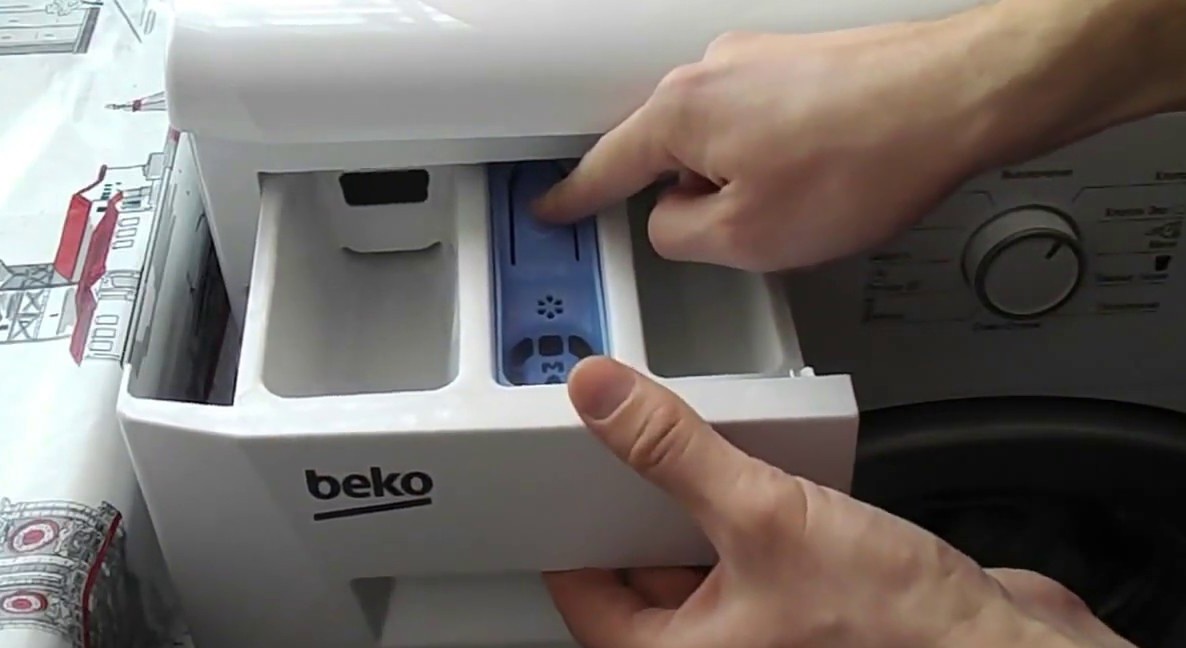
Hoses. The washer has two hoses: drain and fill. Pay special attention to the first one. Usually it is directly connected to the washing machine. Since the product is quite thin, there is a risk of damage. Check carefully to see if everything is in order. The inlet hose is usually very dense and thick and lies in the drum; there is practically no reason to worry about its safety, but for your own peace of mind you can inspect it too. It won't be redundant.
Drum. What could be wrong with the drum? Surely, you have noticed that in washing machines the walls of the drum have many small holes for water circulation. To make them, the surface of the drum is subjected to special pressing. As a result of this procedure, the inner surface of the drum is replete with holes, and the outer surface is replete with sharp metal burrs.
Why should you check? Because sometimes the pressing machine malfunctions and the sharp edge ends up inside the drum, which makes washing any clothes impossible. Testing the drum for such a defect is very simple: take unnecessary nylon tights or stockings and run them over the entire inner surface of the drum. If there are no clues, everything is fine.But if the nylon even gets caught on something, don’t take this car!
Checking the car for all these defects still will not give complete confidence that everything will be fine with it in the future. However, such a test drive of your own will help you at least avoid the insults of buying an initially low-quality item. You will be able to further check for defects during your first wash in your own new washing machine! And you can answer the question whether there should be water in the washing machine when purchasing it yourself!
Interesting:
2 reader comments
Add a comment Cancel reply
Categories
Washing machine repair


For buyers

For users

Dishwasher



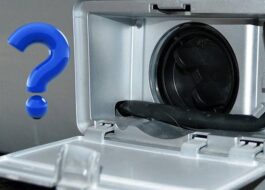
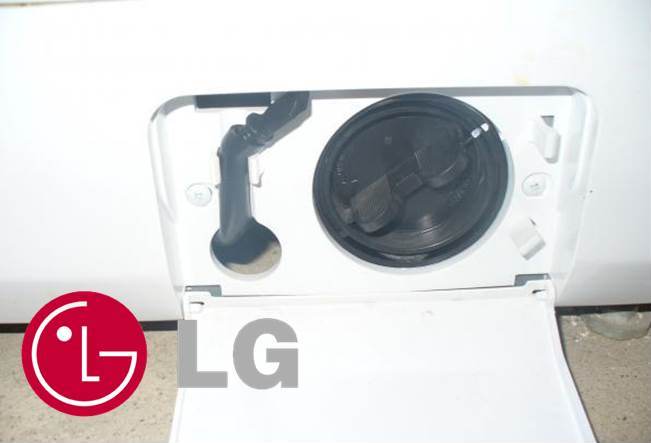

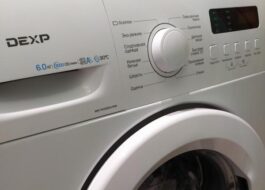










Hello! Very useful information... Thank you for your help
Thanks for the info! And then I almost called the store to complain about why the drum was wet!